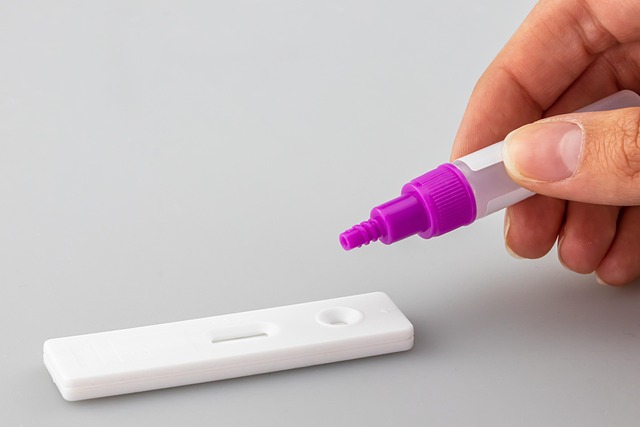In older San Antonio homes built before 1978, lead-based paint poses a severe health risk during renovation due to its harmful particles. Professional lead paint inspections using advanced tools like XRF analyzers and strict safety protocols are crucial for mitigating these risks. These methods ensure the safety of residents, especially children susceptible to lead poisoning, by accurately detecting and managing hazardous lead paint.
In San Antonio, where many homes boast a rich history dating back decades, understanding and mitigating lead paint hazards is paramount. This article explores comprehensive lead safety air monitoring strategies, with a specific focus on lead paint inspection for older homes. We delve into effective air monitoring techniques, highlighting best practices to ensure the health and safety of residents and workers alike in our vibrant city. By understanding the risks associated with lead paint, San Antonio can navigate these challenges effectively.
- Understanding Lead Paint Hazards in Older Homes
- Air Monitoring Techniques for Effective Lead Safety
- Implementing Best Practices for Lead Paint Inspection in San Antonio
Understanding Lead Paint Hazards in Older Homes

In many older homes across San Antonio, lead-based paint poses a significant health hazard. Due to its widespread use before the 1978 Lead-Based Paint Safety Act, lead paint can still be found in walls, ceilings, and trim. When this paint peels, cracks, or becomes disturbed during renovation or remodeling projects, it releases harmful lead particles into the air. These tiny particles are easily inhaled, leading to serious health issues, especially for children and pregnant women.
A thorough understanding of these hazards is crucial when conducting a lead paint inspection in San Antonio homes built before 1978. Professional inspectors use various methods, including visual assessments, moisture testing, and surface sampling, to determine the presence and extent of lead-based paint. Proper personal protective equipment (PPE) and adherence to safety protocols are essential during the inspection process to prevent exposure for both the inspector and homeowners.
Air Monitoring Techniques for Effective Lead Safety

Air monitoring plays a crucial role in ensuring lead safety during lead paint inspections in older homes, especially in vibrant and bustling cities like San Antonio. The techniques used should be comprehensive and up-to-date to accurately detect even the tiniest particles of lead in the air. One effective method is using X-ray fluorescence (XRF) analyzers. These handheld devices are portable and can quickly scan large areas, providing real-time data on lead levels. This non-destructive approach allows inspectors to assess painted surfaces without causing damage, making it ideal for historical or valuable properties.
Additionally, air sampling with high-efficiency particulate air (HEPA) filters is another powerful technique. This involves collecting airborne particles in a controlled manner and analyzing them in the lab for lead content. It’s particularly useful when dealing with dusty conditions during renovation projects. By combining these monitoring strategies, professionals can effectively navigate the labyrinthine process of lead paint inspection, ensuring that older homes in San Antonio are safe and habitable for their occupants, especially children who may be more susceptible to lead poisoning.
Implementing Best Practices for Lead Paint Inspection in San Antonio

In San Antonio, where many homes date back decades, implementing best practices for lead paint inspection is paramount. For older homes, a thorough assessment by trained professionals is essential to identify and mitigate potential risks associated with lead-based paint. This involves using advanced testing methods, such as XRF analyzers, to accurately detect the presence of lead in various surfaces.
When conducting inspections, it’s crucial to follow guidelines set by local and federal health authorities, ensuring a comprehensive approach that includes sampling, documentation, and proper disposal protocols. Regular maintenance and renovation projects should also incorporate strategies for minimizing lead exposure, such as encapsulating or replacing painted surfaces where lead levels exceed safety thresholds. These practices are key to protecting the health of San Antonio’s residents, especially children, who are most vulnerable to the harmful effects of lead poisoning.
In light of the above discussions on lead paint inspection for older homes in San Antonio, it’s clear that a comprehensive approach to air monitoring and safety practices is paramount. By understanding the hazards associated with lead paint and implementing best practices, professionals can ensure a safer environment for both residents and workers alike. Air monitoring techniques play a crucial role in identifying potential risks and upholding strict safety standards, making them an indispensable tool in the fight against lead-related health concerns.
